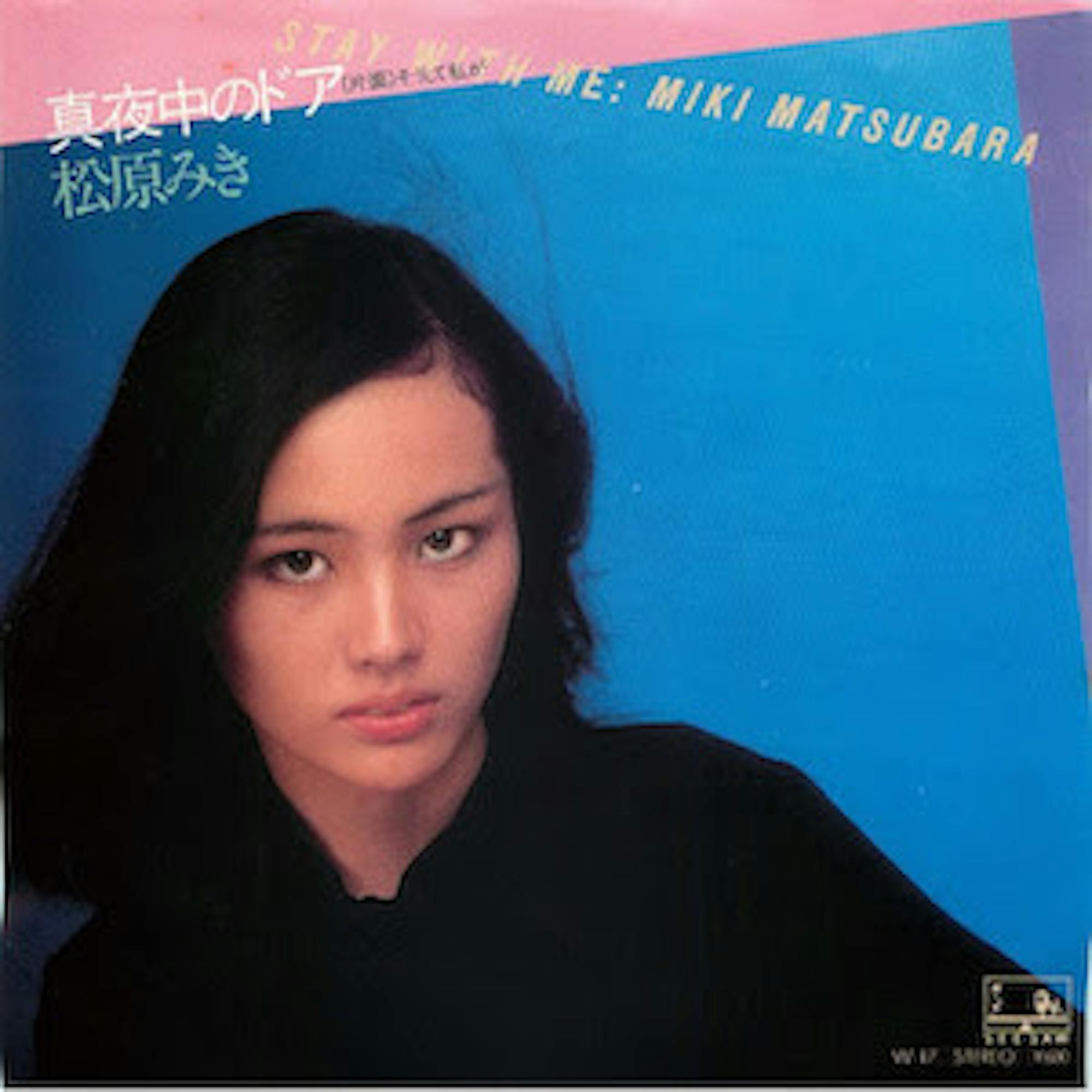On Nov. 27, 2020, popular YouTuber David Dobrik showed off his newly purchased flamethrower in a TikTok that has since gained over 14.9 million views. While the ensuing chaos is entertaining nonetheless, viewers may also recognize a familiar track in the background. This song is no other than “Mayonaka no Door / Stay With Me” (1979) by Miki Matsubara. Matsubara’s hit has since gained traction as part of a larger trend involving people of Japanese descent filming their parents’ reaction to hearing the song. As a result of its internet fame, catchy vocals and unique international origins, the pop tune, despite having been released over 30 years ago, took the No. 1 spot on Spotify’s global viral chart last December.
It is easy to group Matsubara’s comeback with TikTok’s general ability to bring attention to relatively unknown artists. But her success with this older Japanese pop song is not unique. Despite originally being released off of the album “Variety” (1984) 37 years ago, Mariya Takeuchi’s “Plastic Love” has similarly amassed over 45 million views on YouTube over the past three years since the song’s original upload. The video’s iconic cover, a black-and-white image of a young Takeuchi, is widely recognizable today. Meanwhile, the song itself is an incredibly catchy funk tune, with a complex array of overlapping instruments and melodies. Muted guitar chords dominate the background, while a brass section introduces each musical segment with a punch. All the while, Takeuchi’s sweet, emotional voice causes listeners to recall scenes of vintage 80s dance floors, packed with energetic visitors. In 2018, Noisey hailed the track as “the best pop song in the world.”
These two songs are only a small part of the greater recent revival in city pop, a music genre which mainly classifies 1970s and 80s Japanese pop, funk and R&B. Around 40 years after Japan’s defeat during World War II, the country witnessed a massive boom in technological production and economic growth known as the “bubble era.” As a result, the nation emerged as a capitalistic power, leading to new innovations in music technology, such as the car radio and Sony Walkman. The advent of these devices provided Japanese citizens with a new medium for casual music listening in day-to-day life, while walking or driving through the city’s endless neon lights. Inspired by popular American rock music, city pop became the backdrop for these moments, and the period gave way to a variety of funk artists that would later define the genre.
But beginning during Japan’s economic recession in the early 1990s, city pop and its iconic sound were temporarily lost.City pop’s gradual revival eventually began in the late 1990s with the emergence of Shibuya-kei, a Japanese pop microgenre that often samples and remixes city pop. Encompassing many subgenres from future funk and vaporwave, Shibuya-kei began to make headlines in certain corners of the internet, and Western listeners got some of their first exposure to Japan’s nostalgic music of decades past. Inspired by the Shibuya-kei creators which came before them, future funk producers such as Yung Bae, Macross 82-99 and Night Tempo brought city pop’s unique vintage aesthetic to a completely new generation of listeners. “I Miss You” (2015) by Macross 82-99 uses a sped-up version of Momoko Kikuchi’s “Glass no Sogen” (1987). Junko Yagami’s hit, “Bay City” (1983), is sampled in Yung Bae’s “Bae City Rollaz” (2014). I myself did not discover city pop until I heard “Count What You Have Now” (2019) by Vantage (FR), which led me to explore Mariya Takeuchi’s discography.
Today, city pop is reaching a larger audience than it did in its original era. Thanks to YouTube and Soundcloud’s recommendation algorithms, previously unknown future funk songs and their original samples have since amassed millions of views each. YouTube city pop mixes, defined by their aesthetic, looping anime GIFs and long titles, enhance the music’s sense of longing and nostalgia through their iconic visuals. While complementing the genre’s emotional impact, they serve as a medium for musical discovery, introducing viewers to new artists from overseas.
But city pop’s influence and recognition has since extended outside of niche internet future funk communities. City pop stars like Mai Yamane and Anri are featured on the soundtracks for popular anime like "Cowboy Bebop" (1998–99) and "Cat’s Eye" (1983–84). In his song “Gone, Gone / Thank You” (2019), Tyler the Creator samples Tatsuro Yamashita's “Fragile” (1998) for the backing vocals.K-pop idols have even begun to embrace city pop’s nostalgic feel, with artists like Sunmi and Yukika taking on their own interpretations of the iconic sound. Even the artists who previously designed city pop album covers, such as Hiroshi Nagai, have gained widespread attention overnight for their distinctive styles and surrealist images of sleek cars, vibrant beaches and endless roads. And as labels continue to upload once-forgotten discographies on streaming services, there is no better time than now to explore the genre.
In a similar vein to other niche interests and histories, city pop’s legacy has been preserved and revitalized as part of greater internet culture. Today, it continues to influence contemporary music in both its home country and abroad: a testament to music’s ability to blend cultures across vast borders. Although city pop’s lyrics might be mostly lost among new listeners who don't speak Japanese, its meaning will not.






